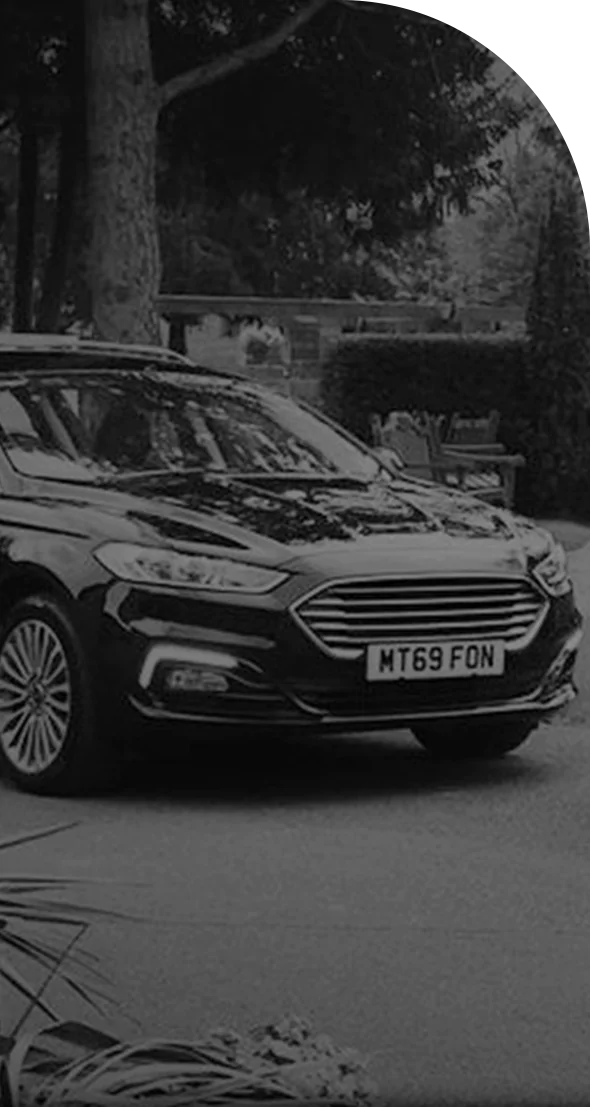How To Register A Death
Call 012 9659 3121 Now To Start
When someone dies, one of the first practical things you need to do is to register the death. Once you have, you will be given the paperwork you will need to arrange the funeral, notify government departments and settle the estate. Registering a death in the UK is quite simple.
How long do you have to register a death?
While you don’t have to do it right away, there is a time limit for registering a death. What that time limit is depends on where you are in the UK. If you are in England, Wales or Northern Ireland, the limit is five days. If you are registering a death in Scotland, the limit is eight days.
However, if the coroner (or procurator fiscal, if in Scotland) is investigating the death, you cannot register it until they give permission. You can find out more about what to expect when the coroner is involved here.
Who can register a death?
Usually, a close relative would be the one to register a death: a spouse, child, parent or sibling of the person who died. If a close relative is not able to do it, the person who registers a death could be:
- Any relative, including in-laws
- Someone who was with the person when they died
- Someone who lives at, or is responsible for, the address where the person died
- The person who is taking care of the funeral arrangements (not the funeral director, though)
In Northern Ireland, the death can also be registered by:
- A governor, matron or chief officer of the public building where the person died
- The executor or administrator of the estate (applicable if registering a death in Scotland as well)
- Someone who has found or is taking charge of the body
Where to register a death
In England or Wales the death needs to be registered at the register office for the district in which the death occurred. You can go to a different office if it is more convenient, but the process will take a bit longer as the Registrar will need to forward your information to the original district where the Registrar will issue and send out the death certificate and other paperwork. You can obtain the address of the local Register Office or Registrar by visiting GOV.UK.
You can expect the appointment to take about 30 minutes. Staff at the registry office will understand if you get upset. While they do their best to make this a quick and easy process, it’s a good idea to bring someone with you for support.
What do you need to register a death?
When registering a death, the only document you need is the Medical Certificate of Cause of Death given to you by the hospital or the GP who attended to the person when they died.
However, it may be helpful to take a few of the following documents if available:
- Birth certificate
- NHS medical card or number
- Marriage or civil partnership certificate
- Proof of address (such as a utility bill or bank statement)
- Driving licence
- Council tax bill
If you do not have all of these, do not worry – they are not essential. As long as you can provide the information below, they are not needed:
- The full name of the person who died
- Their maiden name, if applicable
- Their date and place of birth
- The date and place of death
- Their address
- Their marital status
- Their most recent occupation
- The full name, occupation and date of birth of their spouse or civil partner
- The full names, occupations and dates of birth of their parents, if the person who died was a child
- The name and address of their GP
- Their benefits status, including details of any pensions

What will the registrar give you after registering a death?
The documents you are given after registering a death are slightly different depending on where you are.
If you are registering a death in England or Wales, you will get:
- A green-coloured certificate for burial or cremation, which should be given to the funeral director.
- A certificate of registration of death (form BD8), which you may need to fill out and post using the supplied envelope if the person who died was getting a state pension or benefits.
- Copies of the death certificate, which you will need to buy. These can be used for settling the estate.
If you’re registering a death in Scotland, you will get:
- A certificate for registration of death (form 14), which allows the funeral to go ahead.
- A registration or notification of death (form 334/SI), which is used for updating benefits records.
- An extract of the entry recorded in the Register of Deaths, which you will need to buy. This is the Scottish equivalent of the death certificate, and is used when settling the estate.
If you’re in Northern Ireland, you’ll get:
- A GRO21 form, which is equivalent to the green certificate and should be given to the funeral director.
- A certificate of registration of death (form 36/BD8), which is used for updating benefits records.
- Copies of the death certificate, which you will need to buy. These can be used for settling the estate.
How much does registering a death cost?
Registering a death is free, but you will have to pay for any copies of the death certificate you order. If you buy them at the time of registration, they will cost £11 each in England and Wales, £8 each in Northern Ireland and £10 each in Scotland. In Scotland and Northern Ireland, the cost increases by about £2 if you order the copies later.
